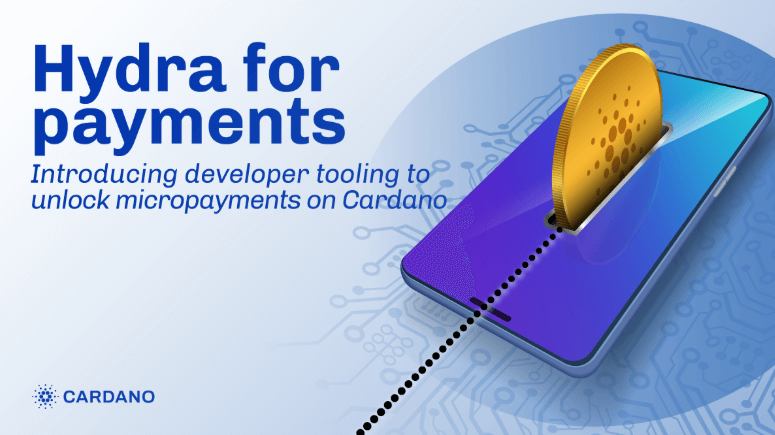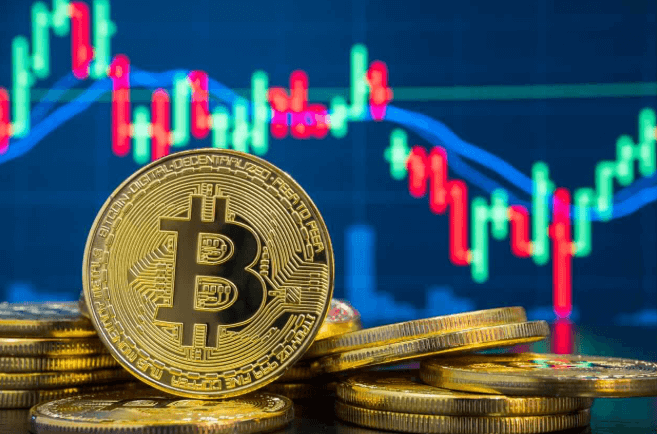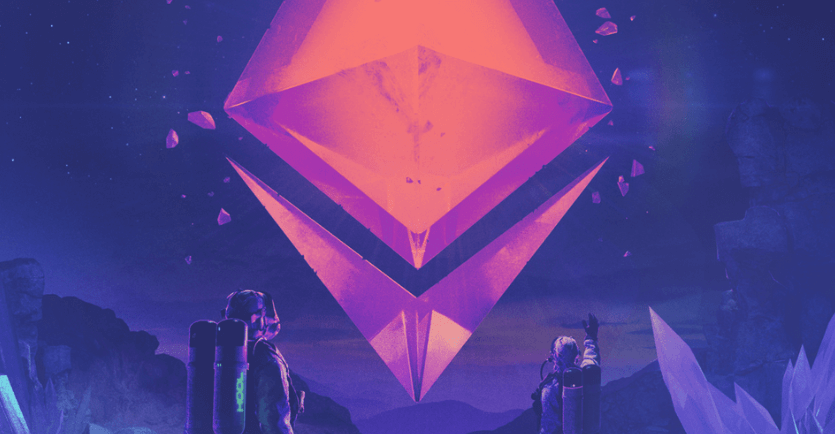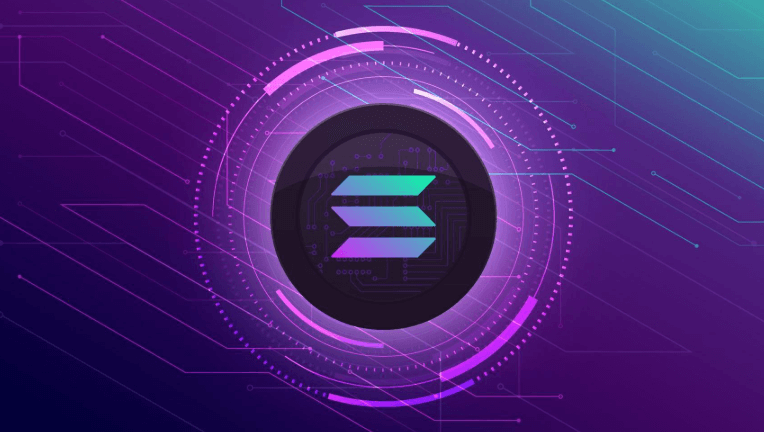Cardano (ADA), one of the top smart contract platforms in the crypto ecosystem, is gaining renewed investor interest as its long-anticipated Layer 2 scaling solution, Hydra, shows steady technical progress. The update is fueling optimism that ADA could target a $4 valuation in the near future, particularly as market sentiment across the altcoin sector begins to recover.

Hydra is a family of Layer 2 protocols designed to significantly enhance Cardano’s transaction throughput and scalability without compromising its core security model. By allowing multiple “heads” or parallel processing channels, Hydra enables a dramatic increase in the number of transactions processed per second (TPS). Early benchmarks suggest the potential to reach over one million TPS under optimal conditions, positioning Cardano as a serious contender in the race for blockchain scalability.
Developers from Input Output Global (IOG), the primary team behind Cardano’s development, recently shared updates indicating successful multi-node testing and progress toward integrating Hydra with dApps already live on Cardano’s mainnet. This includes compatibility improvements for DeFi protocols, NFT marketplaces, and identity solutions. These updates have sparked conversations among analysts who now believe ADA’s price could break its previous all-time high of $3.10 and head toward the $4 range in the next market cycle.
In parallel, Cardano’s community governance and ecosystem development continue to expand. The launch of Project Catalyst’s latest funding round has attracted dozens of new proposals aimed at furthering DeFi innovation and real-world use cases on the platform. This community-driven growth, combined with technical scalability from Hydra, is seen as a dual-engine driving ADA’s value proposition.
Market analysts are pointing to ADA’s strong fundamentals, low network fees, and academic peer-reviewed development as reasons why the token may soon outperform other Layer 1 assets. Additionally, growing interest from institutional investors and integration of Cardano into various enterprise-grade blockchain solutions may further increase demand.
Despite a broader period of market consolidation, ADA has maintained a steady recovery trajectory. If Hydra’s rollout continues on schedule and broader market conditions remain favorable, Cardano could become one of the key altcoins to watch in the coming months.
While skeptics argue that Cardano still lags behind Ethereum and Solana in terms of developer activity and total value locked (TVL), proponents believe that Cardano’s long-term roadmap and emphasis on sustainable, decentralized growth make it one of the most promising platforms in the blockchain space.
As the Hydra protocol moves closer to full deployment, all eyes are on ADA to see if the bullish momentum will translate into price action—and whether the $4 mark will become a reality rather than just a target.
Disclaimer: This article is for informational purposes only and is not investment advice. Investors should research carefully before making any decisions. We are not responsible for your investment decisions.
















